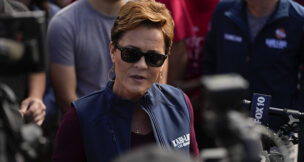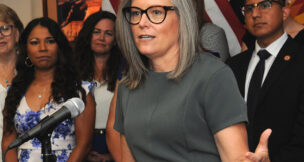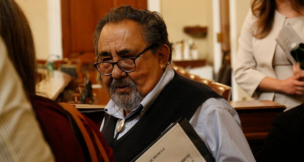Donor fatigue
Jeremy Duda and Luige del Puerto//September 25, 2013//[read_meter]
Higher contribution limits don’t translate into avalanche of cash Legislators who approved a controversial election law this year and are hoping to get a serious bump in their fundraising efforts...

















